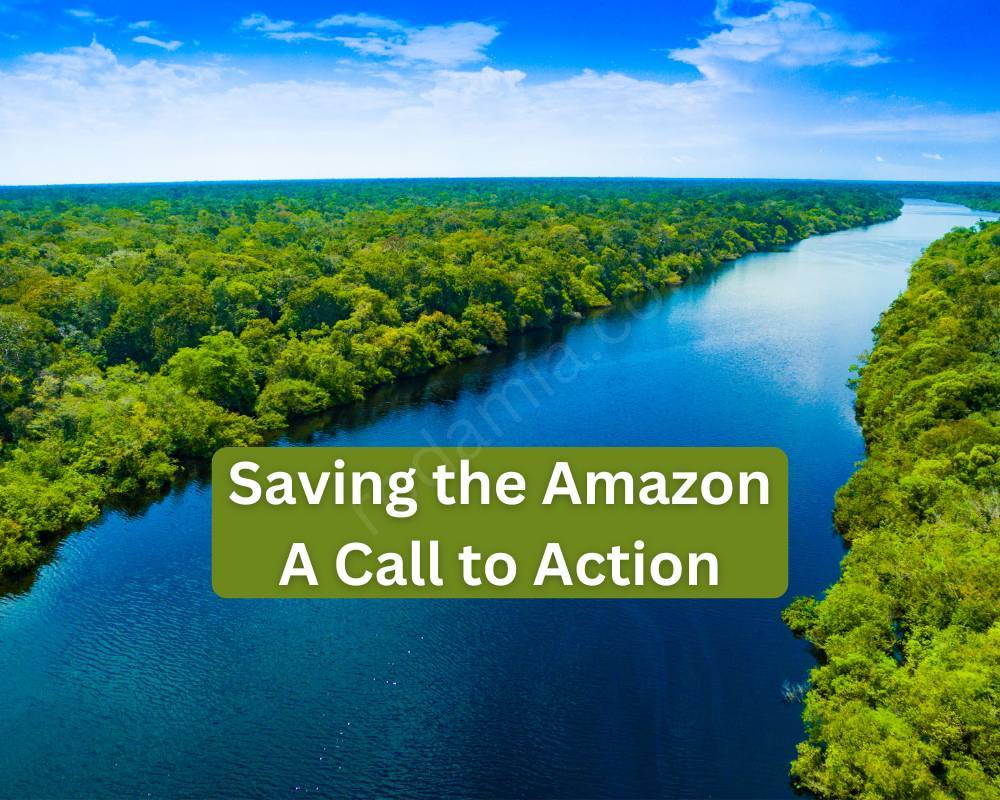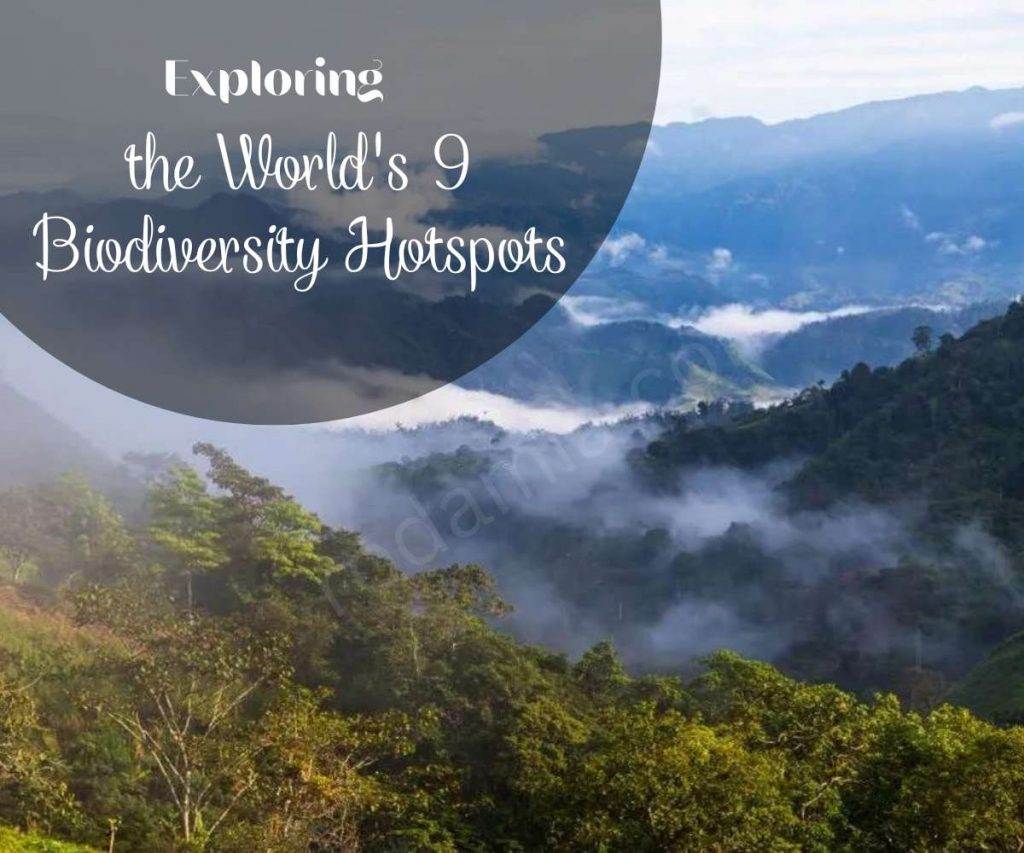The Amazon rainforest, one of the world’s most valuable gems commonly known as “the lungs of the Earth,” is currently confronting an increasingly perilous future. A new research, fresh off the presses in February 2024, depicts an unsettling manifestation of multiple forces converging and speeding up this unique ecosystem towards what could be a critical threshold.
Scientists have been aware of the importance of the Amazon, in its role of climate regulation, for a long time. The tropical forest plays the role of a huge carbon sink, which absorbs an incredible amount of atmospheric carbon dioxide, a greenhouse gas responsible greatly for global warming. Nevertheless, recent investigations found that the Amazon’s ability to be a carbon sink has been decreasing gradually. A study published in Nature in 2021 shows that some parts of the southeastern Amazon have gone from areas that help to store carbon to sources of carbon, a development that gave scientists sleepless nights and emphasized the importance of conserving this unique ecosystem.
The latest research, published in February 2024, examines the subject matter in close detail. Scientists warn that this is a possible tipping point, where a complex phenomenon of deforestation, temperature changes caused by climate change, and higher frequency and intensity of fires, will cross a threshold beyond which the Amazon will not be able to recover. The study, published in ScienceDaily, identifies these stressors’ limits. The outcomes show that in 2050, the whole Amazon could be affected with a critical level of “cumulative disturbances,” which may lead to a permanent shift in the ecosystems. This transformation may lead entire regions of rainforests to abruptly change into dry savannah-like states, radically reshaping the Amazon basin and its globally profound climate influence.
The consequences of reaching the tipping point in the Amazon will be cataclysmic. The rainforest is a biodiversity hotspot and is home to about 10% of the world’s known species. Its loss would be like a hammer blow to the global ecology, with disastrous effects throughout the whole range of plants and animals extending far beyond the borders of the Amazon. Moreover, it is well known that Amazon dictates regional and global rainfall patterns. Such an event would heavily affect weather patterns on a global scale, thereby leading to an increased possibility of droughts and floods.
The destiny of the Amazon is not sealed. The new study is a grim reminder; however, it also points to the possibilities for prevention. The reduction of deforestation mainly relies on the introduction of strict regulations and economic incentives. Promoting sustainable land-use policies in areas adjacent to the rainforest can lead to a relaxation of the borders’ pressure. Also, addressing the root causes of climate change, such as through aggressive global emissions reduction efforts by all the countries, is important for the long-term sustainability of the Amazon.
A Beacon of Hope: Methods and the Way Forward
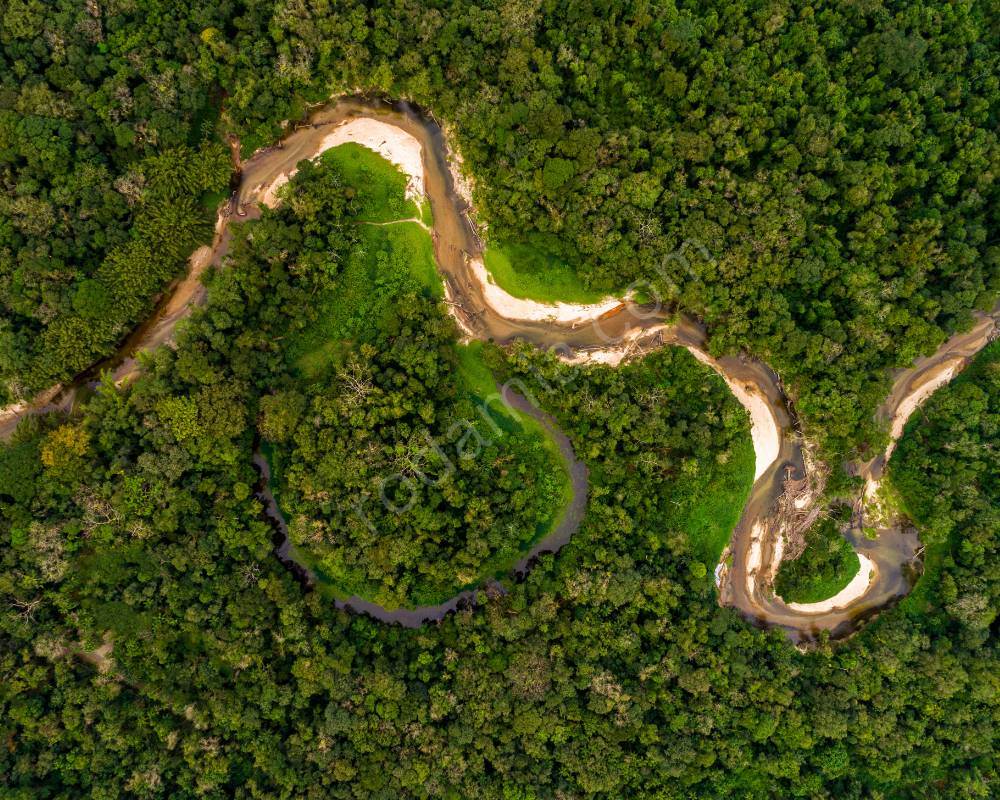
Besides these vital measures, there are some measures that can increase the resistance power of the Amazon. Programs such as reforestation, where people plant native trees in degraded areas as well as backing up the Indigenous communities who act as guides of the rainforest, can be effective solutions. Technological progress, such as satellite monitoring systems, can help us to trace deforestation and know the areas that need conservation.
The Amazon’s Indigenous Stewards
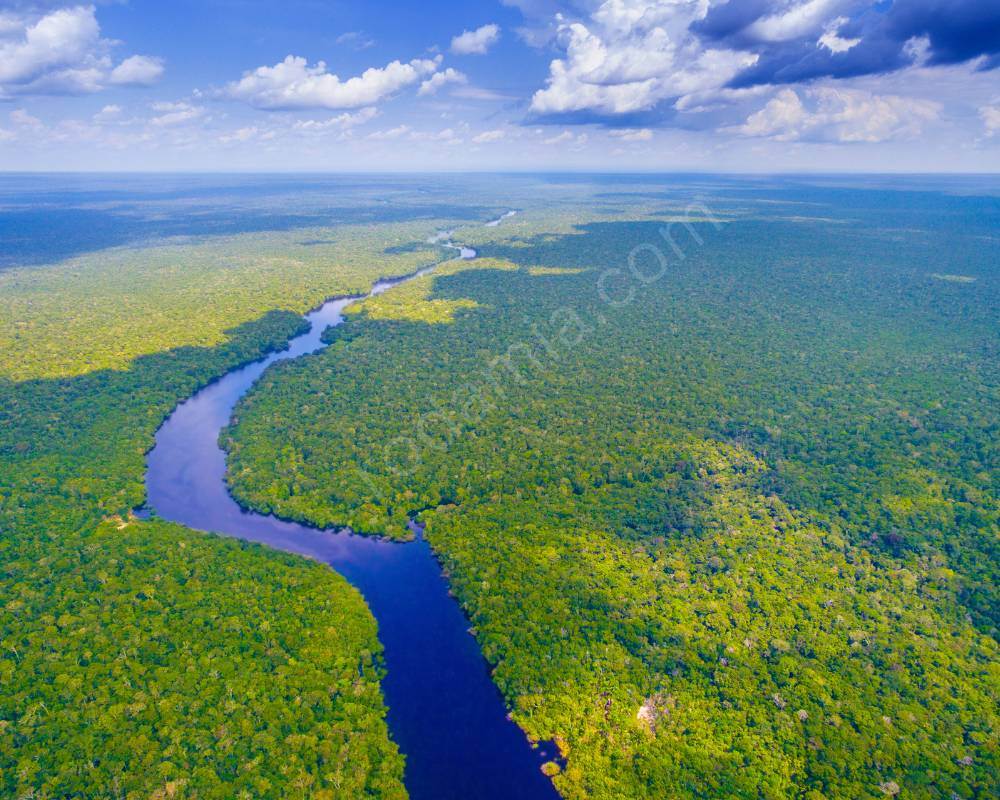
Indigenous groups of the Amazon have practiced sustainable forest management for centuries. Their awareness of the intricate rainforest system and the old way of life that has kept them in harmony with nature for so many years is something that is needed to safeguard the environment. Involving indigenous communities in decision-making processes and helping their initiatives aimed at safeguarding their ancestral lands is key to the Amazon’s future.
A Treasure of Biodiversity and Economic Prospects
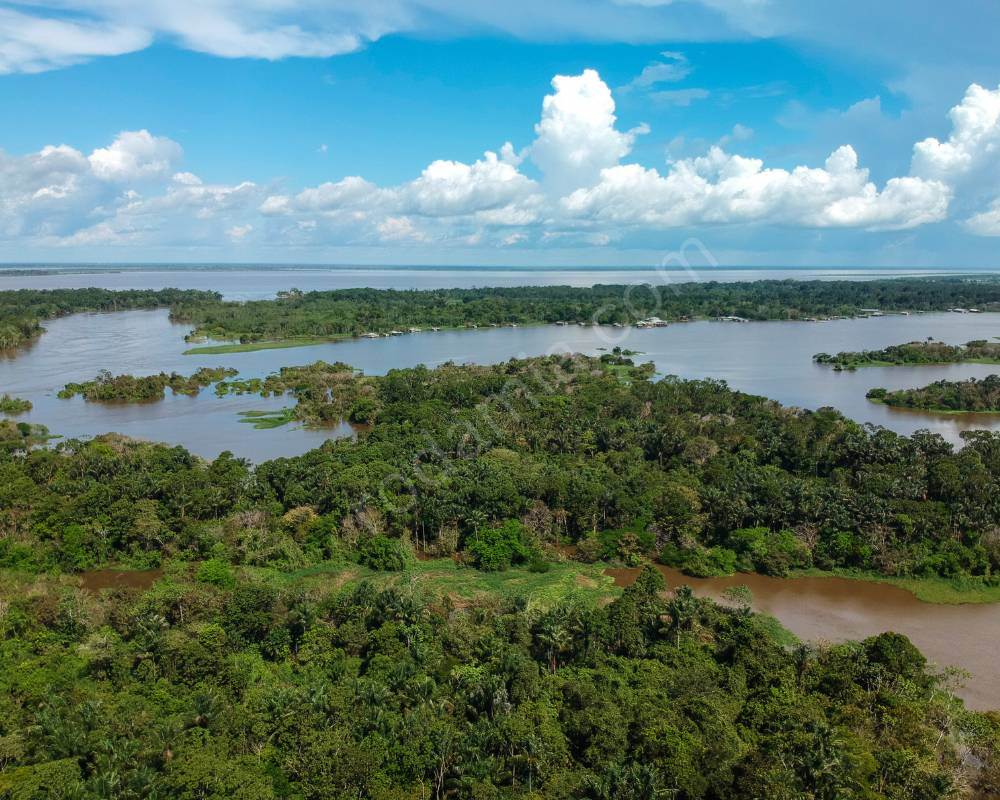
The investigation of the Amazon biota biodiversity is an everlasting process because scientists find so many new species very often. The Amazon is probably the home for thousands of unknown species that can be used for medical and scientific purposes. Protecting the rainforest does not just save the ecosystem but it also preserves the storehouse of the future.
The Amazon also has economic strength. Sustainable businesses like forest product harvesting that deal with non-wood forest products and ecotourism that is low impact can be the alternative economic sources instead of deforestation. In order to promote these industries, local communities will have an economic incentive to protect the rainforest.
International Collaboration is Key
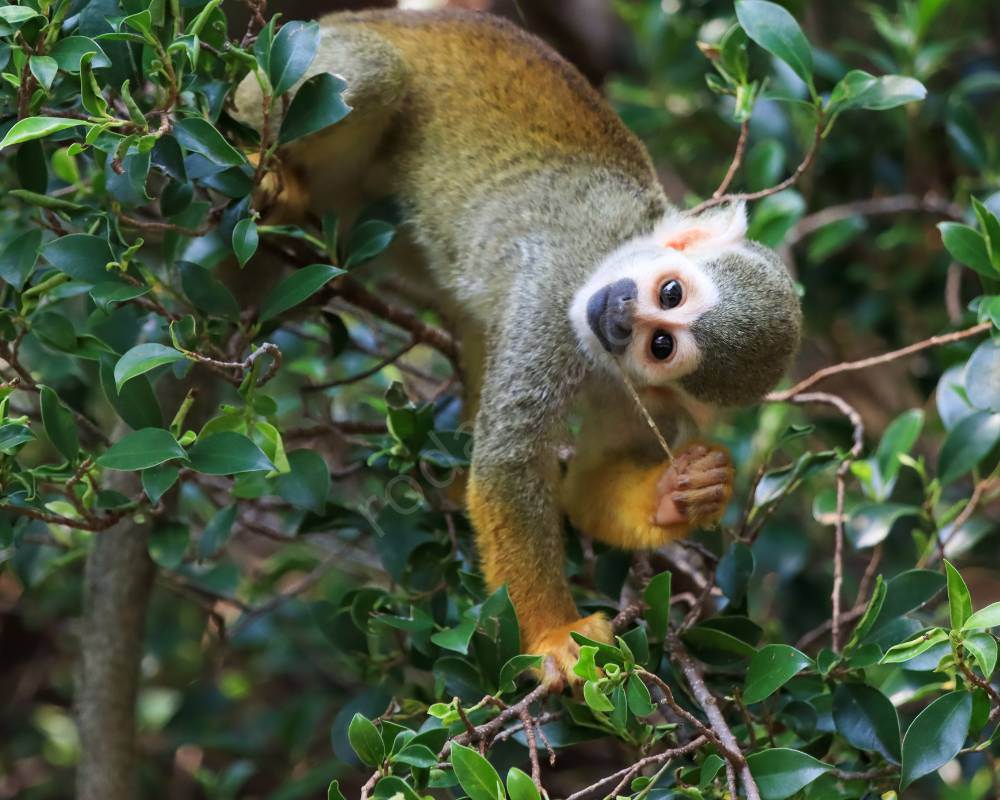
The Amazon rainforest covers nine South American nations. Coping with the currently existing problems needs international cooperation. International accords, financial assistance in the form of sustainable development projects, and knowledge-sharing initiatives are very important in helping to protect the Amazon.
The Time for Action is Now
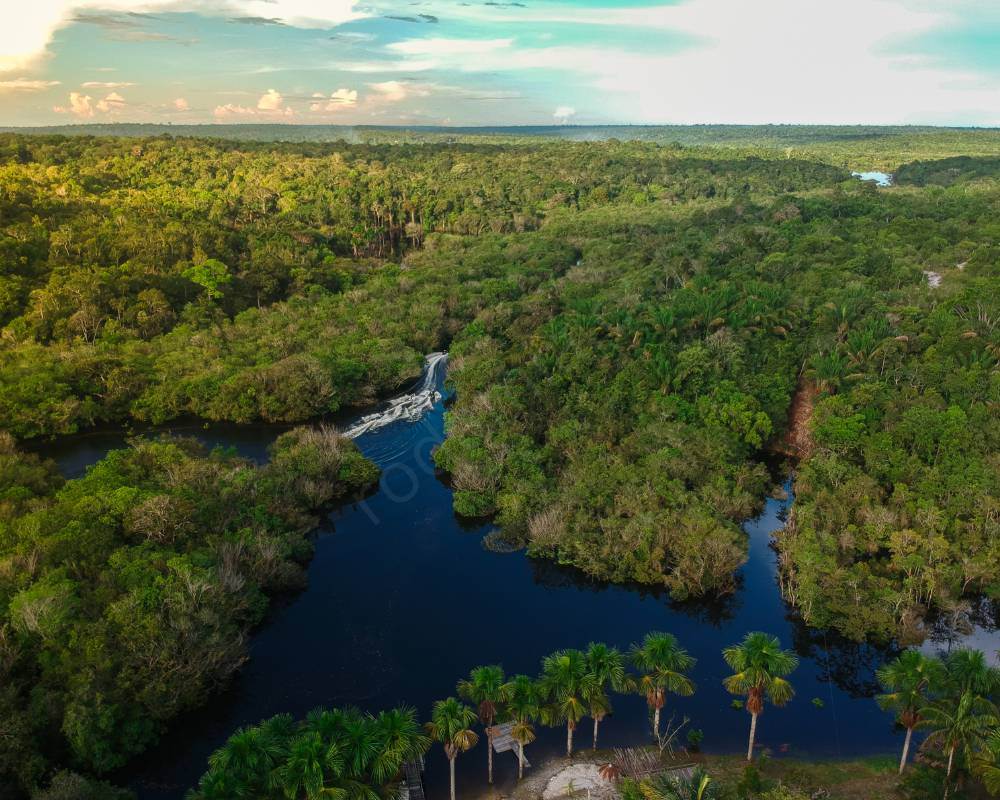
The Amazon forest is at a perilous crossroad. The newest scientific discoveries demonstrate such a dark consequence that warns us to act fast, or we’ll be facing dire consequences. On the one hand, it offers a solution to the problem, but on the other hand, it provides a direction to the future. We can achieve this by implementing the multi-level strategy that includes the deforestation ban, the promotion of environmentally friendly development, international cooperation, and the empowerment of the local population. The future of the Amazon rainforest depends on our capacity to act fast and responsibly.

